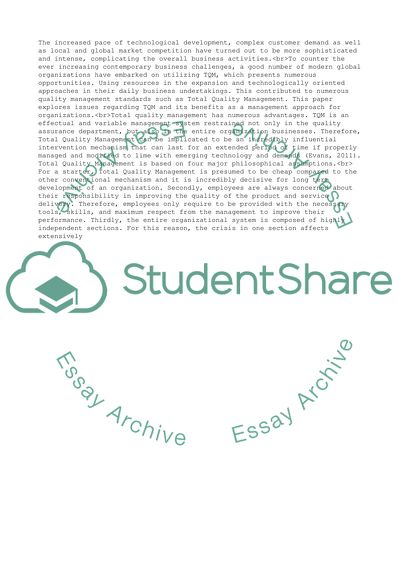Cite this document
(“Total Quality Managment Research Paper Example | Topics and Well Written Essays - 1750 words”, n.d.)
Total Quality Managment Research Paper Example | Topics and Well Written Essays - 1750 words. Retrieved from https://studentshare.org/management/1678809-total-quality-managment
Total Quality Managment Research Paper Example | Topics and Well Written Essays - 1750 words. Retrieved from https://studentshare.org/management/1678809-total-quality-managment
(Total Quality Managment Research Paper Example | Topics and Well Written Essays - 1750 Words)
Total Quality Managment Research Paper Example | Topics and Well Written Essays - 1750 Words. https://studentshare.org/management/1678809-total-quality-managment.
Total Quality Managment Research Paper Example | Topics and Well Written Essays - 1750 Words. https://studentshare.org/management/1678809-total-quality-managment.
“Total Quality Managment Research Paper Example | Topics and Well Written Essays - 1750 Words”, n.d. https://studentshare.org/management/1678809-total-quality-managment.


